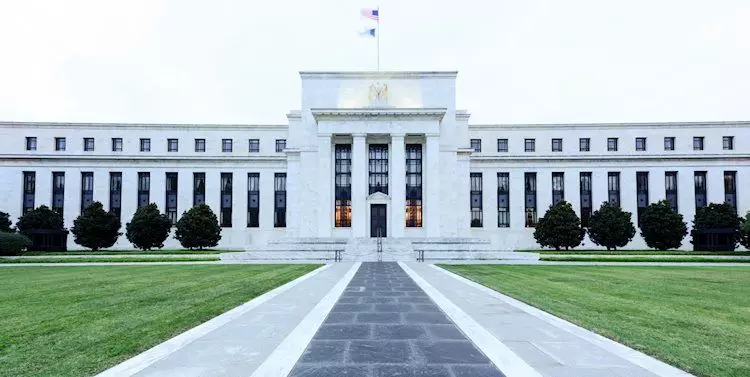The ongoing discourse surrounding inflation and employment in the United States has elicited varied opinions from economic experts. Recently, the President of the Federal Reserve Bank of St. Louis, Alberto Musalem, shed light on these critical issues, emphasizing the persistent challenge that sticky inflation poses for monetary policy. Unlike past experiences where inflation might have eased more swiftly, current conditions necessitate a careful reevaluation of interest rate adjustments. The Fed’s commitment to achieving its inflation target of 2% has been put to the test as inflation pressures linger despite signs of economic health.
Musalem’s analysis highlights the paradox of a strong labor market coexisting with inflationary tendencies. While the employment landscape appears robust, concerns remain about potential increases in layoffs, particularly among smaller businesses and sectors heavily reliant on consumer spending. This juxtaposition raises questions about the sustainability of job growth in the face of persistent inflation. However, Musalem’s optimism regarding the overall labor market health signifies that, barring unforeseen economic turbulence, significant disruptions are improbable.
Current data indicate a diverse economic growth foundation, driven primarily by consumption, increased income, and productivity gains. However, a disparity exists between different sectors, with consumer discretionary markets facing a slowdown. Such variations highlight the need for targeted policy responses that address the specific challenges encountered by vulnerable sectors while maintaining momentum in broader economic growth. Musalem’s comments suggest that ongoing productivity improvements could be structural, contributing positively to long-term economic performance, though this remains somewhat speculative.
The Fed’s stance remains cautiously optimistic, as Musalem underscored the importance of maintaining a restrictive monetary policy until inflation metrics align more closely with their target. The overall supportive financial conditions signal a balanced approach to monetary intervention, allowing the Fed to exercise patience in evaluating the data necessary to inform decisions regarding potential rate cuts. This calculated approach reflects an understanding of the complexities inherent in the current economic climate.
As we look forward, Musalem anticipates an economy that may stabilize around a growth rate of approximately 2%. This perspective indicates a measured outlook for the coming months, with the Fed maintaining a watchful eye on the evolving economic indicators. Their willingness to adapt policy in response to incoming data underscores a pragmatic approach to navigating the uncertain waters of economic recovery.
While the path to price stability remains fraught with challenges, a strong labor market and healthy growth indicators provide a foundation for cautious optimism. The Fed’s ability to judiciously assess key economic trends will be crucial as it continues to steer the nation toward a sustainable economic future.

